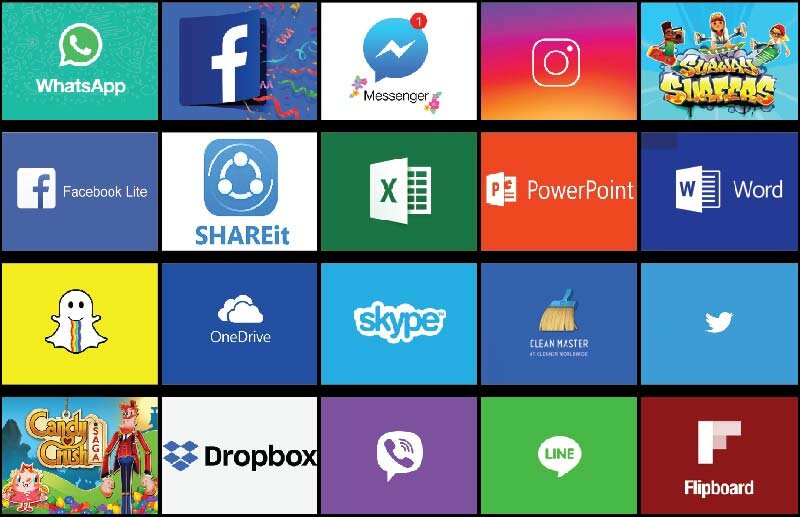Cybersecurity refers to the body of technologies, processes, and practices designed to protect networks, devices, programs, and data from attack, damage, or unauthorized access. Cyber-security is the practice of defending computers, servers, mobile devices, electronic systems, networks, and data from malicious attacks. It’s also known as information technology security or electronic information security. Cybersecurity is important because the government, military, corporate, financial, and medical organizations collect, process, and store unprecedented amounts of data on computers and other devices. A significant portion of that data can be sensitive information, whether that be intellectual property, financial data, personal information, or other types of data for which unauthorized access or exposure could have negative consequences. Organizations transmit sensitive data across networks and to other devices in the course of doing business, and cybersecurity describes the discipline dedicated to protecting that information and the systems used to process or store it. There are certain categories which are listed below from business to mobile computing:
- Network security is the practice of securing a computer network from intruders, whether targeted attackers or opportunistic malware.
- Application security focuses on keeping software and devices free of threats. A compromised application could provide access to the data it is designed to protect. Successful security begins in the design stage, well before a program or device is deployed.
- Information security protects the integrity and privacy of data, both in storage and in transit.
- Operational security includes the processes and decisions for handling and protecting data assets. The permissions users have when accessing a network and the procedures that determine how and where data may be stored or shared.
- Disaster recovery and business continuity define how an organization responds to a cyber-security incident or any other event that causes the loss of operations or data. Disaster recovery policies dictate how the organization restores its operations and information to return to the same operating capacity as before the event. Business continuity is the plan the organization falls back on while trying to operate without certain resources.
- End-user education addresses the most unpredictable cyber-security factor: people. Anyone can accidentally introduce a virus to an otherwise secure system by failing to follow good security practices. Teaching users to delete suspicious email attachments, not plug in unidentified USB drives, and various other important lessons are vital for the security of any organization.
There are potential ways in which cybersecurity attacks can happen and they are as follows:
- Ransomware: It is a type of malicious software that is designed to extort money by blocking the user from accessing files in the computer system until the user pays for the ransom and paying the ransom does not guarantee that the files will be recovered, or the system is restored. There are many cases that are being filed regarding ransomware. A person should take some steps to prevent their data from being hacked.
- Malware: It is a type of software that is designed for gaining unauthorized access in order to damage the system. Malware can be malicious software or simply malware that wants to access or damage the user’s files. There are different types of malware that can and cannot replicate themselves. And some malware requires host computing while the other types do not require host computing.
- Trojan Horse Attack: It is the type of attack which relies heavily on human interaction and it often involves manipulating the user into breaking normal security procedures and provide best practices so that user can access system, physical location, and network. The files are made attractive and the user is tricked to use or open this file. As soon as they open the file the malware gets triggered and the data damaging process begins. These files or malware are sent to the user as an email/ messages/ audio file or video file or image, etc.
- Phishing: It is a practice of sending fraudulent emails that resemble emails from reputable sources. The main aim of performing this attack is to steal the sensitive data of the user such as credit card number, PIN, Password etc. Apart from these, there are many other cybersecurity attacks. To learn about them, Assignment Help Australia is the right option available.
To avoid such potential and harmful attacks, Cybersecurity holds unprecedented importance in today’s cyber world.

















